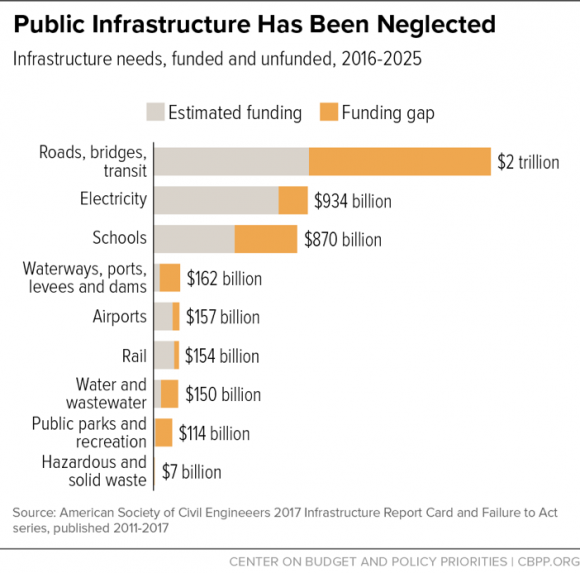There is a massive infrastructure funding shortfall across Indiana and the United States and it’s only getting worse.
The cost of materials, labor, and related services for infrastructure installations and upgrades, like everything else, is on the rise. Legislators continue to push for more stringent governance, tighter compliance regulations and environmental standards that, while positive and well-intended, further the financial burden on many utility providers and municipalities.
This translates to a greater strain on rates and user fees if not supplemented by some other means.
Every county and most cities and towns focus on economic development; they want industry to choose them, residential development and quality of life. However, from the lowest to highest levels of government, there is a very common issue of overlooking the foundation of this desired growth – infrastructure. Water and wastewater availability and capacity is always on the critical path for new development projects and is usually the primary go/no-go lever for site selectors. Still, something so important continues to receive so little attention and so little funding compared to its long term value.
One key issue to promoting change in this area is that interactions between public infrastructure investments and private sector growth are highly complex and difficult to quantify.
SOME STATS
Overall investments have been declining as needs have been rising. Tax cuts and corporate subsidies are not the way to spur economic growth when communities have neglected roadways, crumbling bridges and environmental health issues from failing septic systems.

Infrastructure needs are left primarily to be dealt with at a local level. A reactive approach to septic elimination and bridge projects is common – fix only the absolute worst issues because you have to.
Funding Approach
States pay for public buildings, facilities, roads, and other infrastructure somewhat differently than they fund other types of spending. For example, they use debt more frequently and often rely on user fees like tolls (and sewer rates) to fund infrastructure. In addition, the federal government provides grants for roads, transit, and other infrastructure. But state revenues are required, regardless of the funding method that’s used. Borrowing must be repaid and federal grants often require matching funds.
On average, states finance 27 percent of their capital spending with bond proceeds. The chart above illustrates the forecasted funding gap for infrastructure projects through 2025. We primarily focus on the water/wastewater shortfall.
Center on Budget and Policy Priorities
A very well written and comprehensive article published this year (2019) by the Center on Budget and Policy Priorities elaborates on several points regarding infrastructure investment and the economy. Statistics and graphics cited are from that article, which includes sources cited.
What Next?
There is not enough money and users will ultimately bear the financial burden. Local governmental agencies must be more tactical with how they approach infrastructure projects. Coordination between agencies and projects will help the dollars that are available go farther and in turn promote economic development while meeting regulatory requirements, without breaking the bank.
Investment in infrastructure leads to greater economic development opportunities, environmental improvements and, in turn, enhanced quality of life for all.


